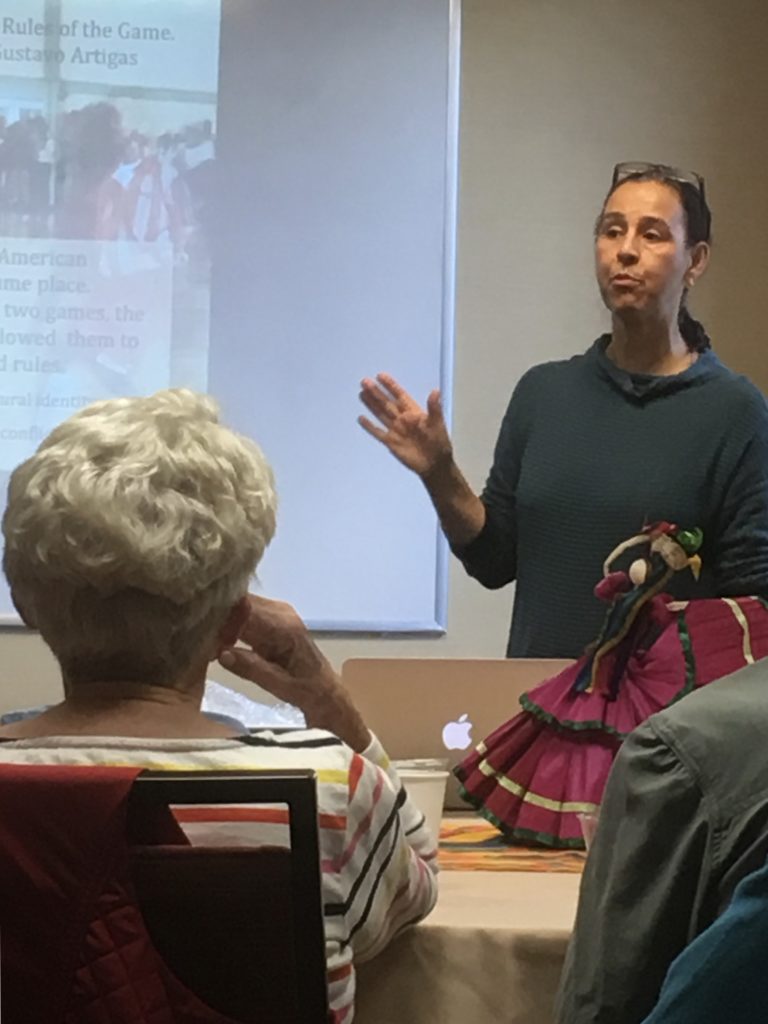
Prior to heading across the border to Tijuana, Dr. Iglesias spoke with us about the border as a coherent region in which the fact of the border is the driving force in the lives of many regional residents. The imbalance in resources creates a dynamic in which the Tijuana residents adapt to provide the San Diego residents with the goods and services they desire, with hundreds of thousands of people crossing the border in either direction daily. While most academics study the border region either from the perspective of the U.S. or of Mexico, Iglesias calls herself a trans border specialist and strives to understand the border from the perspective of both cultures. Indeed, the integration of the border region is striking even from our brief visit. Although one of our Uber drivers was from Ukraine, more were from Mexico and one was from Ensenada (where we would be visiting). This last driver has started his own tourism company and gave us a restaurant recommendation in Ensenda (which turned out to be excellent).
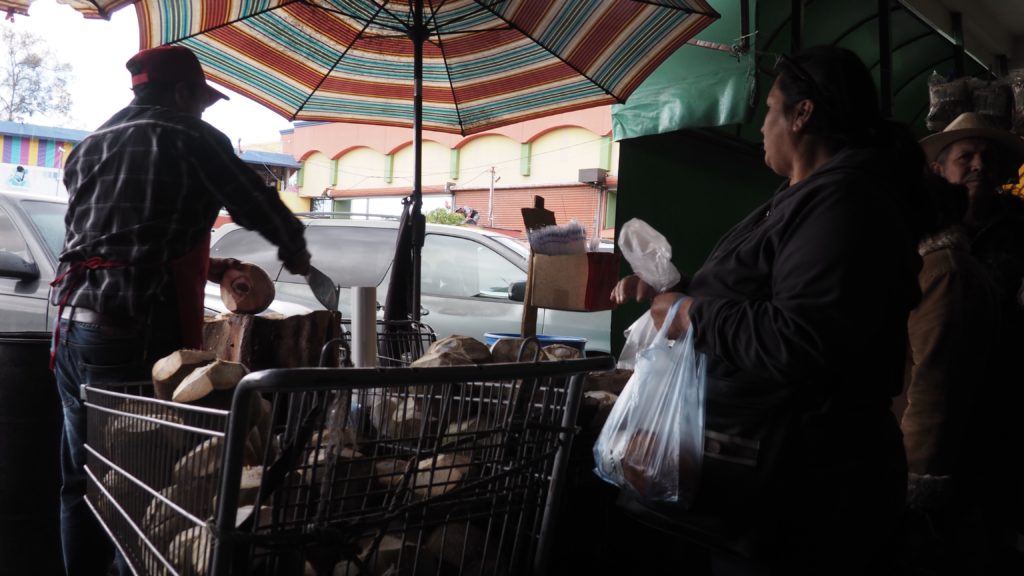
Once over the border, past the imposing steel barrier and cleared land sealed off with another imposing steel barrier, we made our way to a market in Tijuana to enjoy the sights and smells of fresh produce and wonders for us to try to identify.


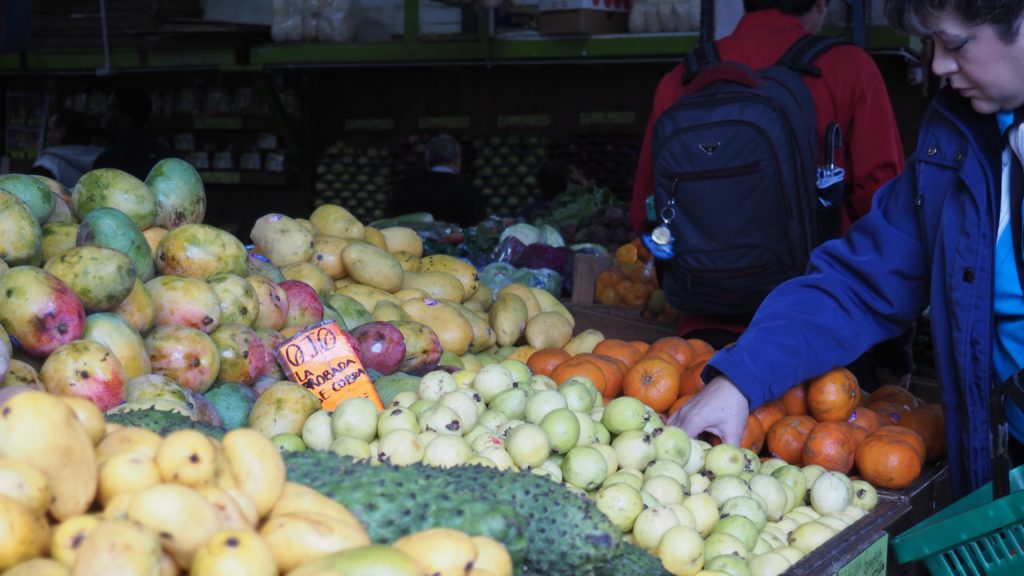

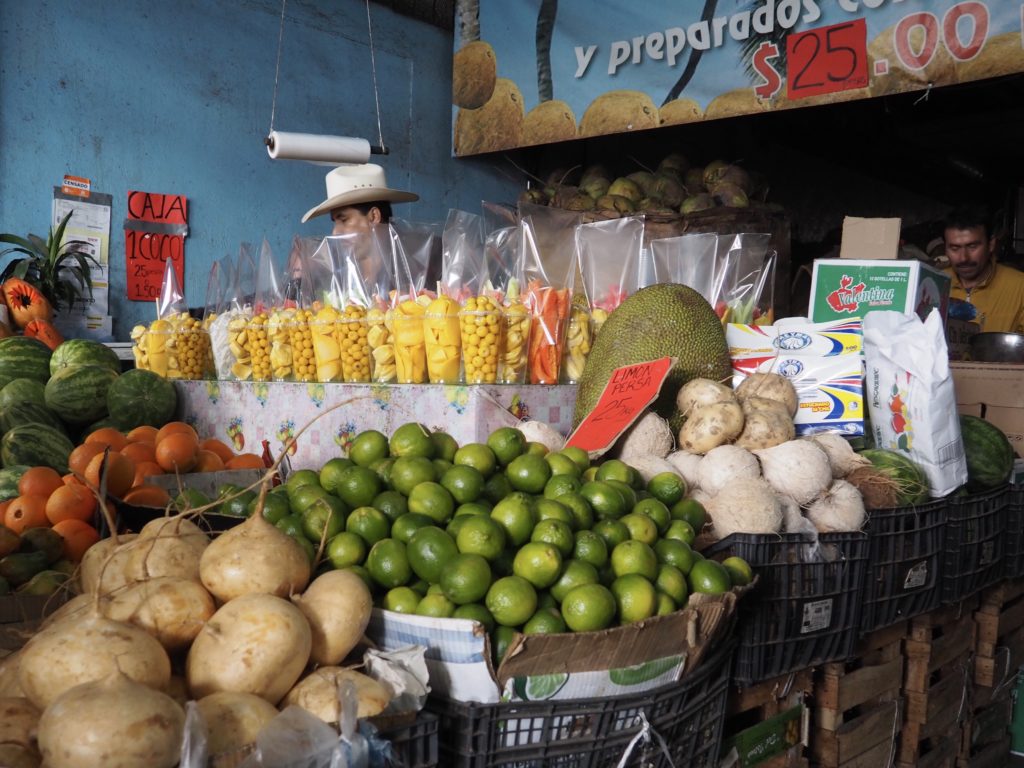
Another key to understanding the border is that Tijuana and Baja California are melting pots of peoples and cultures, with immigrants coming from all over the world, from the Chinese and Japanese to Germans and Italians or, more recently, Haitians. People are not just refugees, but also come for the more sophisticated enterprises funded by foreign companies.
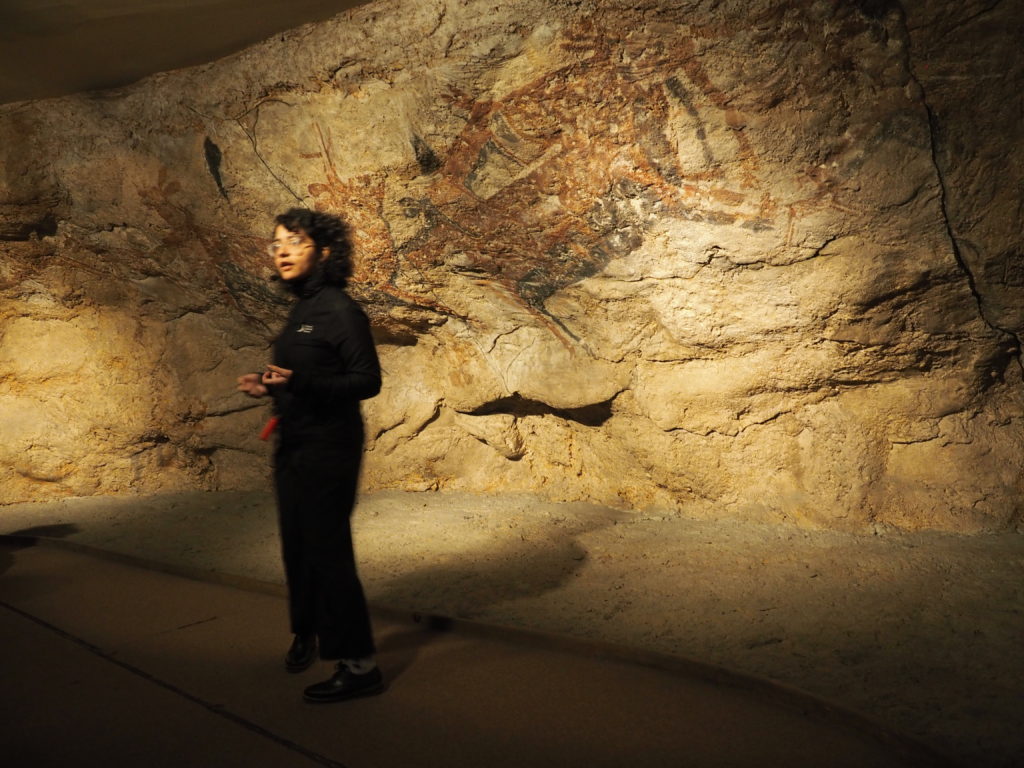
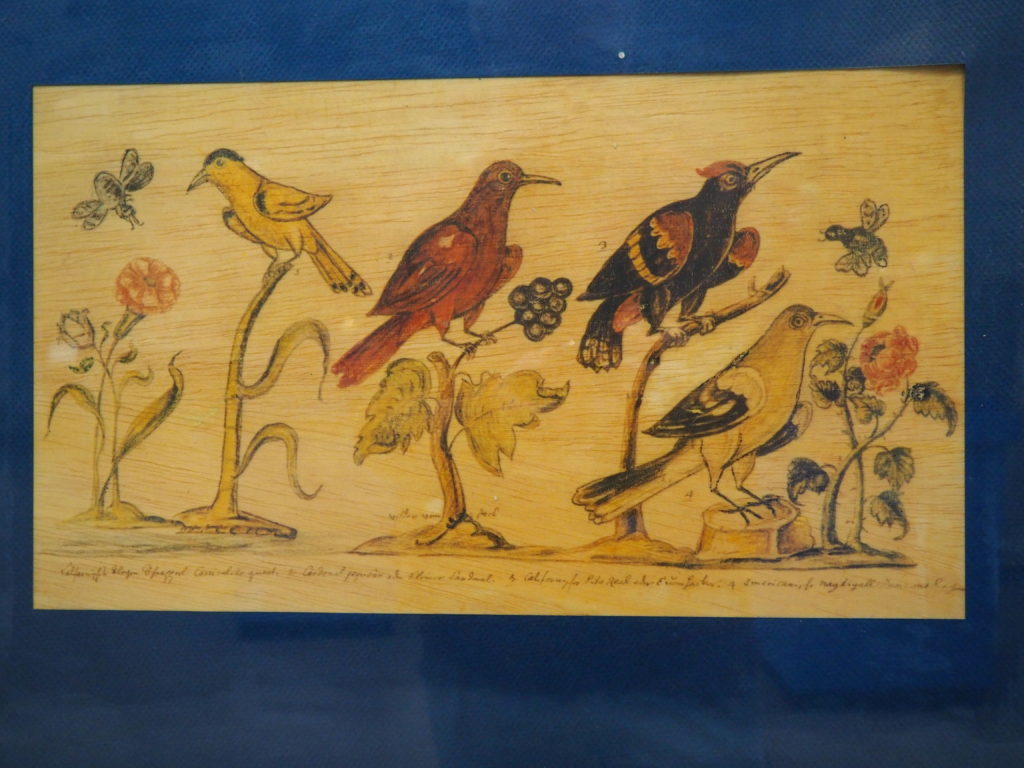
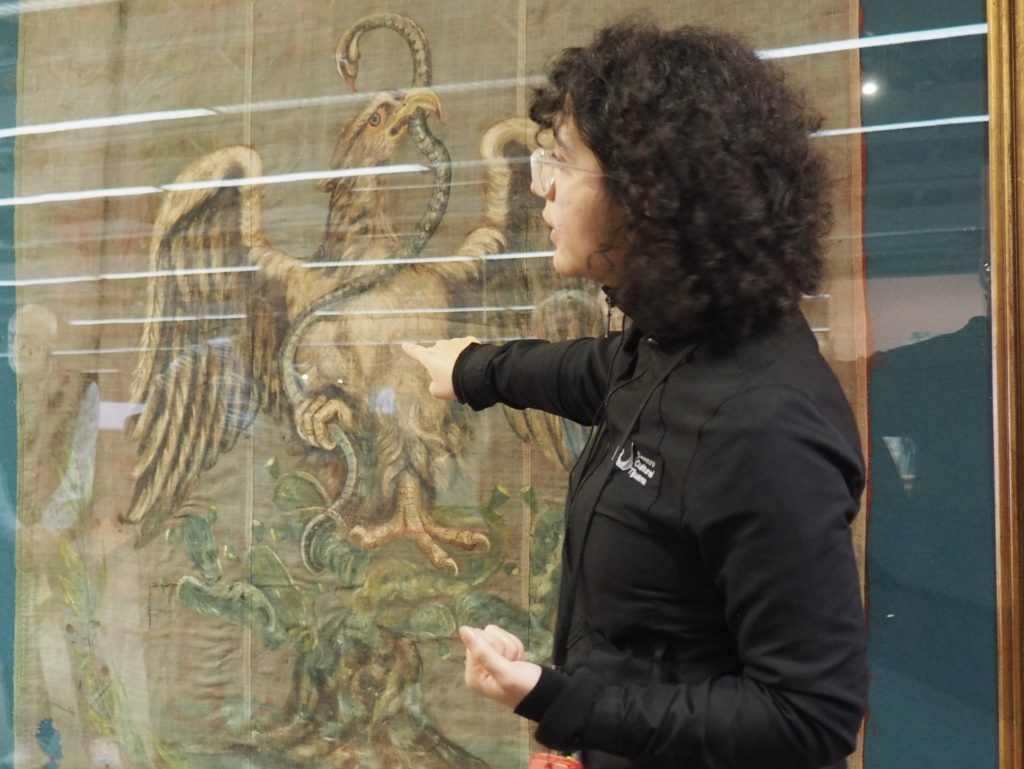
After a lunch featuring a Caesar Salad from the restaurant originating the same (Caesar’s Restaurant), we went to the Tijuana Cultural Center and the Museo de las Californias to view the permanent exhibits on the history of the entire peninsula from prehistoric through modern times.


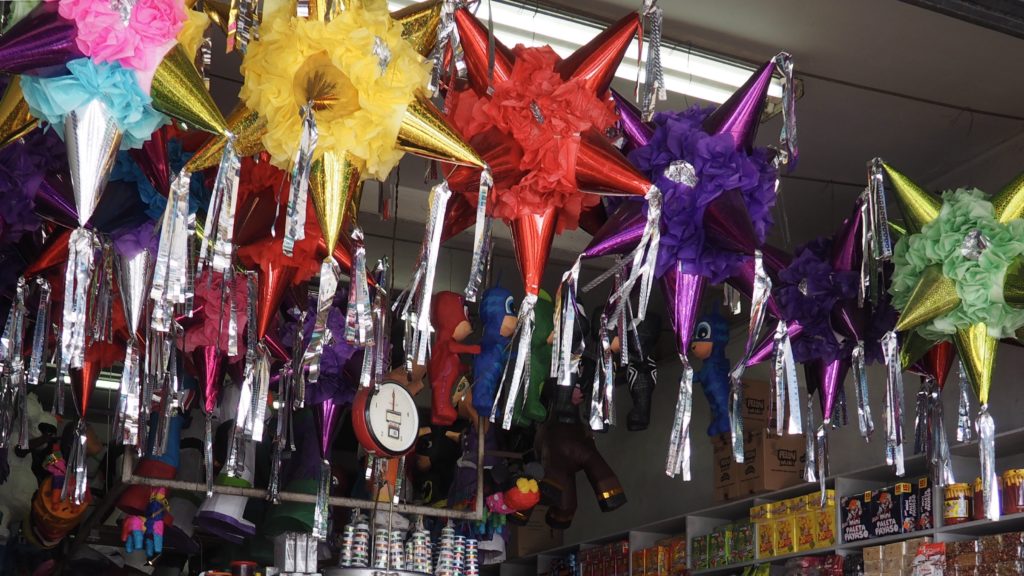
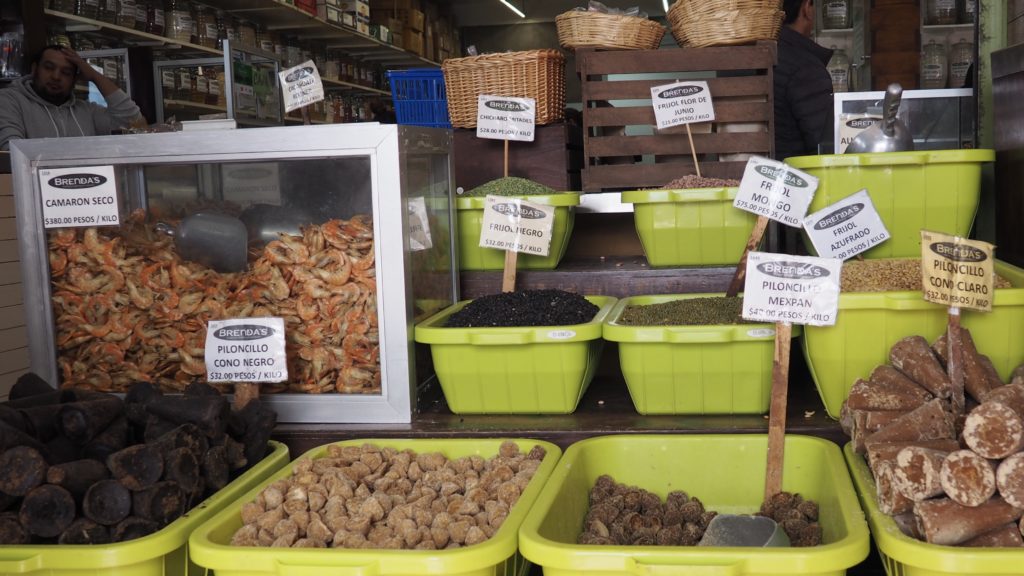
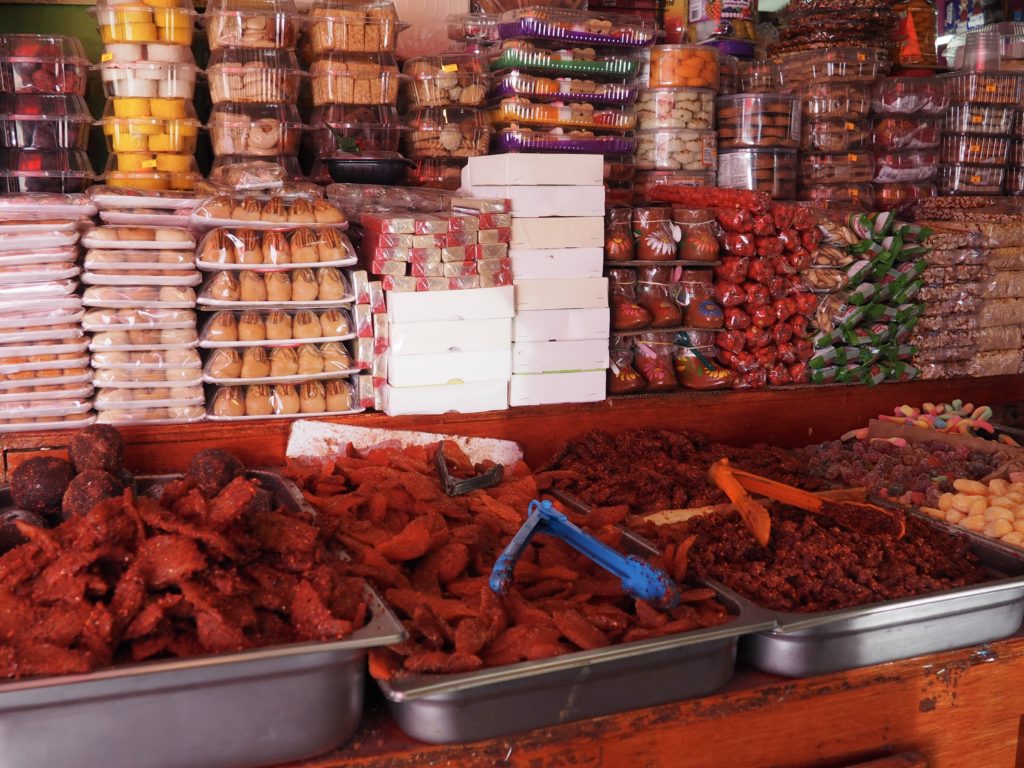
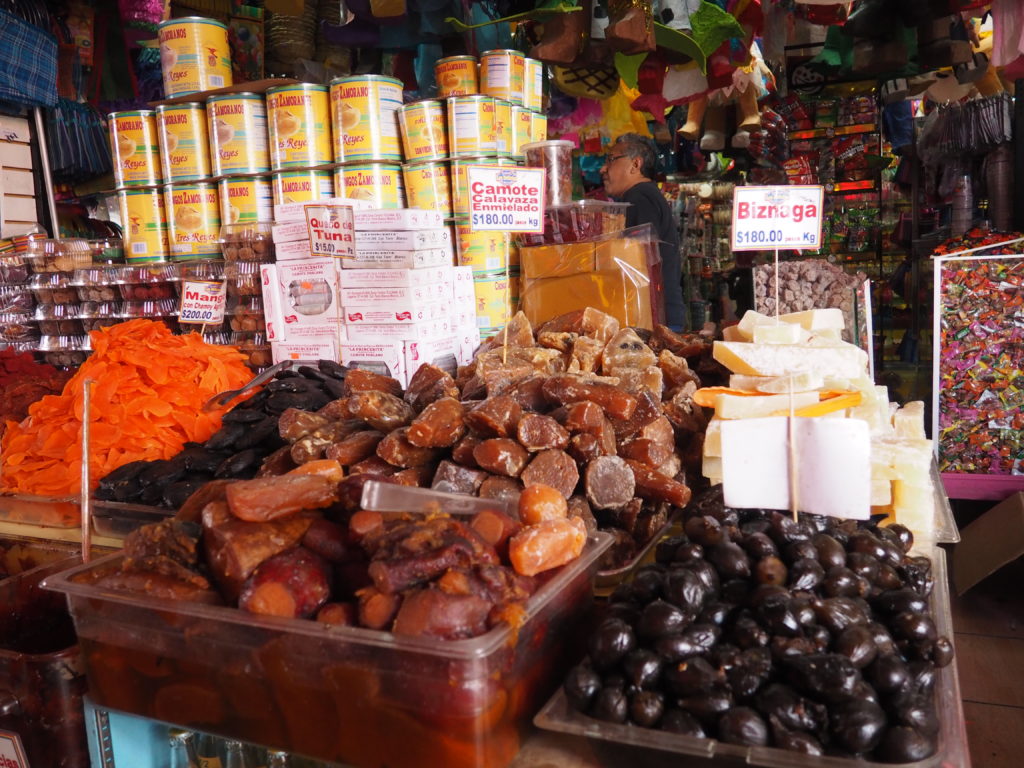
How was the original caesar salad?
It was well prepared in the classic manner (not chopped) and with appropriate ceremony. We both enjoyed it.